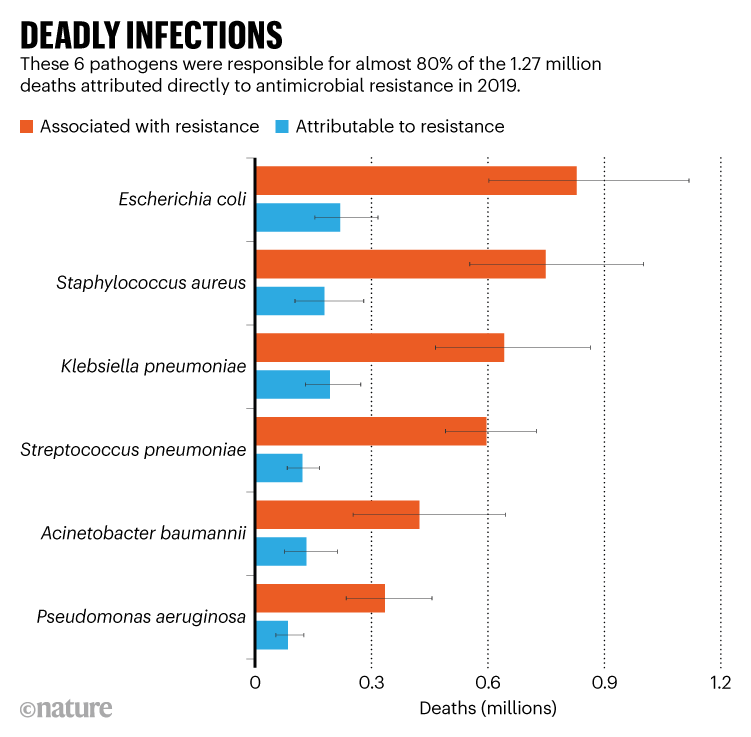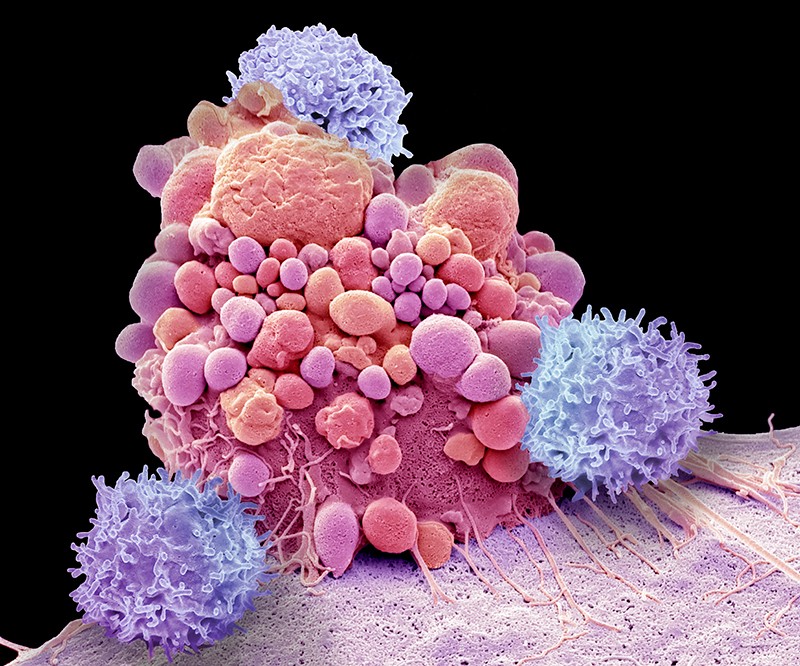MIND & MATTER SUSAN PINKER
A Gender Split Over Sniffing a Baby’s Scalp
IMAGINE THERE WAS an odorless substance that made men less aggressive when they inhaled it but had the opposite effect on women. Sniffing it made women bolder. Would you go online and immediately click “buy”?
There’s no need: Our bodies produce this substance already. Hexadecanal, or HEX, is one of 6,000 volatile chemicals emitted by our body secretions, like tears and sweat, and in HEX’s case, by an infant’s scalp. Chemical signals like HEX fly under our conscious radar while altering our behavior, said Noam Sobel, a professor of neurobiology at Israel’s Weizmann Institute of Science, who calls his lab “very nose-centric.”
Two experiments—recently published in the journal Science Advances by Prof. Sobel, data scientist Eva Mishor and a team of colleagues—revealed that breathing in HEX influences our social behavior, dialing up aggression in women but attenuating it in men. This sex difference stunned the researchers. Based on mouse studies, they expected HEX to have a calming effect across the board. “Until the end of the second study I was skeptical about the results. HEX has no odor, yet our body reacts to it, and our behavior changes,” said Dr. Mishor. The researchers made this discovery through a classic double-blind study in which 127 people were randomly assigned to an experimental or a control group, either inhaling clove oil infused with HEX or clove oil alone. Both groups played a computer-based negotiation game, believing that they were interacting with a remote opponent.
In reality the participants were playing against an algorithm that offered them egregiously unfair financial deals. “The ‘opponent’ proposes that he get 90% of a sum of money while you get 10%,” said Prof. Sobel, for example, and by the time participants reached the next phase of the experiment “they’re really mad at this person because they’re being so antisocial.”
That’s when the participants moved to a reaction-time game in which they could exact their revenge. When their “opponent” lost a round, the subject could punish them with a horn blast at different volumes, each illustrated by a face showing increasing signs of distress. “What we saw was a small but consistent difference between the HEX and the control subjects,” said Dr. Mishor. “Women exposed to HEX reacted 19% more aggressively, while men were 18.5% less aggressive.”
This was such an unexpected finding that the researchers did a second experiment. This time participants were tested while in a brain scanner. They were compared with themselves after inhaling either HEX or a dummy liquid. After being made to believe that money was being stolen from them in the game, would the same person react the same way in both conditions? Again, the women reacted with more aggression when exposed to HEX vs. the control liquid, this time by extracting more money from their “opponent” as retribution, while the men reacted less aggressively when exposed to HEX.
In the HEX condition, the men’s scans also showed greater connectivity to other areas of the brain, suggesting more neural engagement in regions that might control aggression. “We can look at the functional connectivity alone and distinguish men from women at 86% accuracy,” said Prof. Sobel.
What to make of the findings? The authors speculate that HEX is an ancient survival mechanism. Mothers exposed to the chemical signal would be more likely to defend their babies against threats, while fathers who inhale it would likely be less aggressive. Excited by the finding, Prof. Sobel thinks this is just the beginning of investigating olfaction as a driver of human aggression. “The next stage is to do this with actual babies’ heads instead of HEX in a jar.”


 .
.







